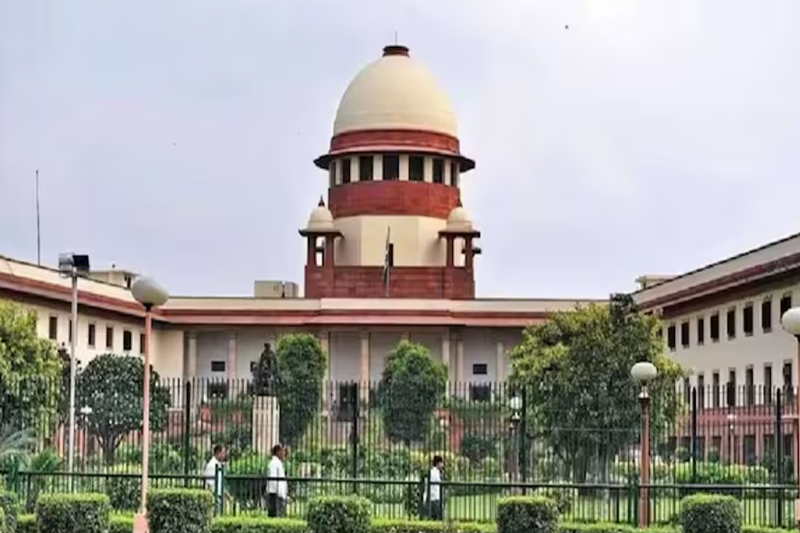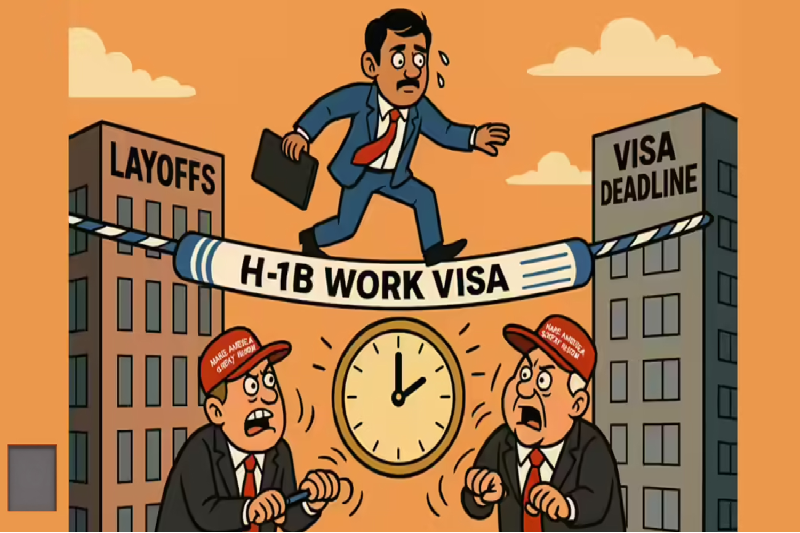
Supreme Court Calls for Reconsideration of Blanket RTE Exemption for Minority Institutions
In a significant development that could reshape the legal landscape of minority education in India, the Supreme Court (SC) on Monday questioned its 2014 Constitution Bench ruling that granted blanket exemption to minority educational institutions from the Right of Children to Free and Compulsory Education (RTE) Act, 2009. The court called this exemption into doubt and recommended its reconsideration by a larger bench, indicating a potential shift toward a more inclusive and balanced interpretation of the law.
The 2014 Pramati Case and Its Implications
The controversy stems from the Supreme Court’s judgment in the Pramati Educational and Cultural Trust v. Union of India case, delivered in 2014 by a five-judge Constitution Bench. In that ruling, the court held that the RTE Act did not apply to minority schools, whether aided or unaided, as they are protected under Article 30(1) of the Constitution. Article 30(1) gives religious and linguistic minorities the right to establish and administer educational institutions of their choice.
The 2014 judgment essentially created a constitutional shield for minority institutions, placing them outside the ambit of laws designed to universalize access to elementary education—raising questions about the balance between minority rights and the fundamental right to education under Article 21A.
The Current Bench Raises Serious Doubts
On Monday, a two-judge bench comprising Justices Dipankar Datta and Manmohan revisited the issue while dealing with a set of appeals related to the applicability of the Teacher Eligibility Test (TET) to minority educational institutions. In their judgment, the bench clearly expressed “serious doubts” about the correctness of the Pramati ruling.
“We…have serious doubts as to whether Pramati Educational and Cultural Trust (ruling)…was justified in granting a blanket exemption to minority institutions falling under Article 30(1) from the applicability of the RTE Act,” the court stated.
Consequently, the bench directed that the matter be referred to the Chief Justice of India (CJI) to decide whether a larger bench should reconsider the 2014 decision.
RTE Act Should Apply to All Minority Institutions: SC
In a powerful observation, Justice Datta, writing for the bench, said that the RTE Act “ought to apply to all minority institutions, whether aided or unaided.” The court emphasized that applying the Act does not erode or interfere with the minority character of such institutions.
The judgment pointed out that there is no inherent conflict between Article 30(1) (minority rights) and Article 21A (right to education), and both can and must coexist. According to the bench, the purpose of the RTE Act—to ensure universal access to elementary education—aligns with the larger constitutional mandate of inclusion and equity.
Focus on Section 12(1)(c): Social Inclusion Over Institutional Autonomy
One of the key provisions of the RTE Act under scrutiny was Section 12(1)(c), which mandates a 25% reservation for children from disadvantaged groups and weaker sections at the entry-level in all private unaided schools, including those run by minorities.
The court clarified that:
- This provision serves the larger goal of social inclusion and universal access.
- While it may impact institutional autonomy to a limited extent, it does not destroy the minority character of the institution.
- A blanket exemption is not justified; instead, a fact-specific analysis should determine whether the minority character is truly at risk.
The court went further to state that minority institutions already admit students from outside their communities, and doing so under a transparent, state-guided framework like Section 12(1)(c) does not violate any constitutional right.
Importantly, the bench also pointed out that Section 12(1)(c) comes with a reimbursement mechanism, ensuring that institutions are not financially burdened for admitting students under this quota.
Even if a conflict were to arise between this provision and Article 30(1), the court said it could be reconciled. For instance, minority institutions can fulfill the reservation requirement by admitting children from within the minority community itself, provided they fall under the defined ‘weaker section’ or ‘disadvantaged group’ as per the RTE Act.
Teacher Eligibility Test (TET) Validated Under RTE
In addition to the RTE applicability issue, the bench also ruled on the matter of the Teacher Eligibility Test (TET)—a standardized assessment used to evaluate teaching competency for recruitment.
The court held that TET is “one of the minimum qualifications that may be prescribed under Section 23 of the RTE Act.” This ruling affirms that minority institutions must also comply with quality standards in hiring teachers, reinforcing the principle that quality education is a constitutional right for all children, regardless of where they study.
What This Means Going Forward
The Supreme Court’s observations mark a significant turning point in the ongoing debate about balancing minority rights with universal education mandates. If the 2014 Pramati judgment is overturned, it could:
- Bring all minority educational institutions—whether aided or unaided—within the scope of the RTE Act
- Mandate 25% reservations in these institutions for disadvantaged students
- Ensure quality teaching standards via TET compliance
- Advance the constitutional vision of inclusive, equitable, and accessible education for all
However, any change in the existing legal framework will require a ruling by a larger Constitution Bench, as per the court’s direction. Until then, minority institutions remain exempt based on the 2014 precedent.
The Supreme Court has opened the door to a possible re-evaluation of legal protections extended to minority institutions under the RTE Act. By challenging the blanket exemption granted in the Pramati case, the court is pushing for a more nuanced and inclusive interpretation of constitutional rights—one that balances institutional autonomy with a child’s right to quality education.
The coming months may see a major legal shift, one that could redefine the responsibilities of minority institutions in India’s education ecosystem. For now, all eyes are on the Chief Justice and whether a larger bench will be constituted to revisit one of the most consequential education rulings of the past decade.


